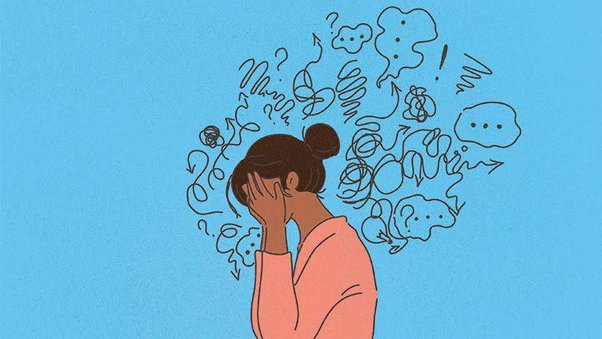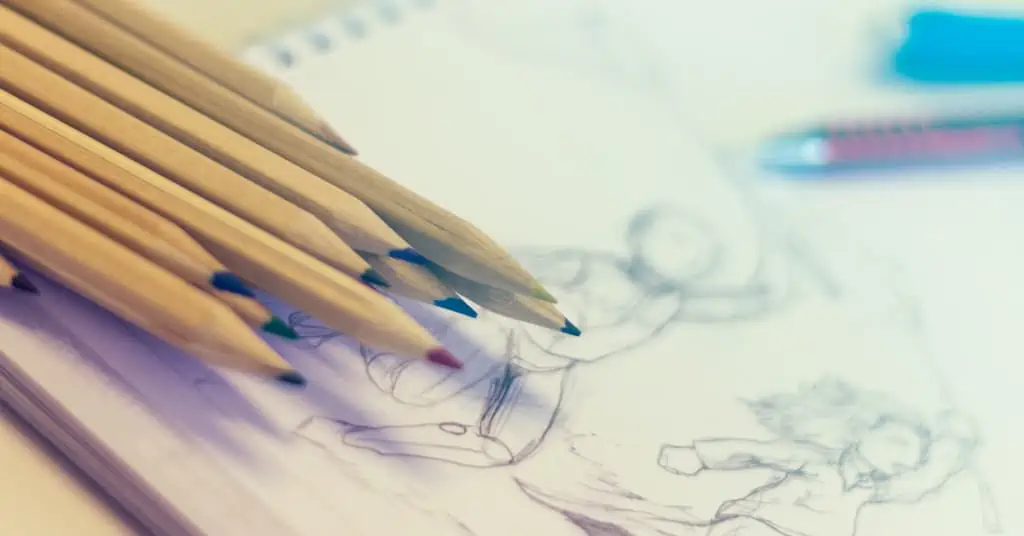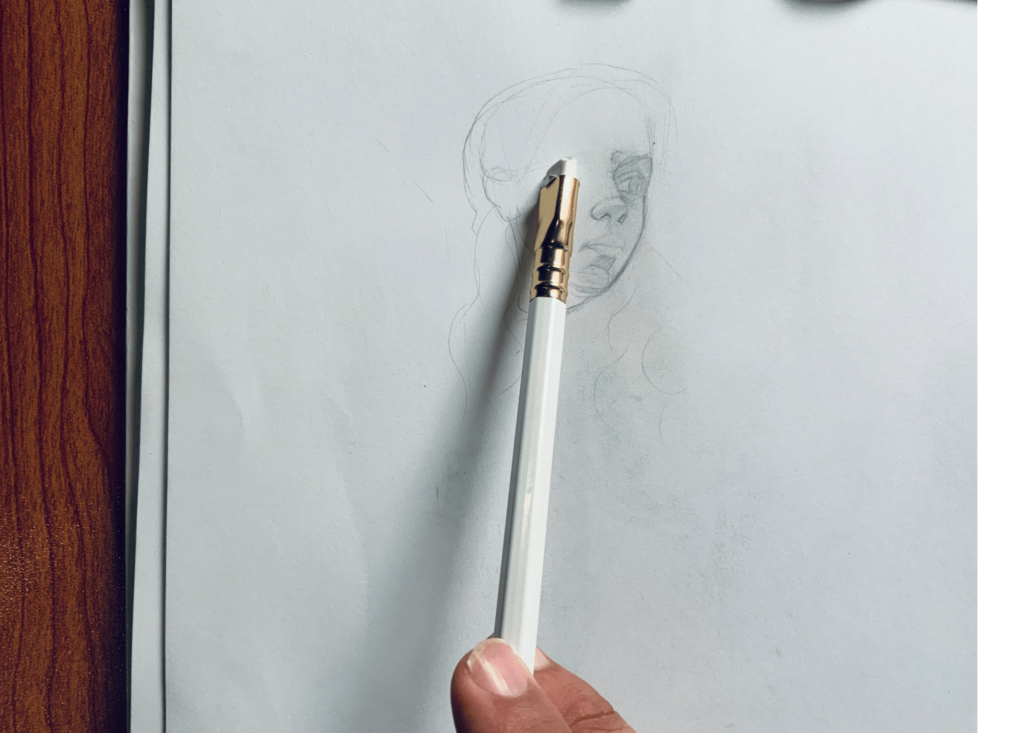Are you feeling nostalgic for the days when you used to sketch and doodle? Perhaps it’s been ages since you’ve put pencil to paper.
Don’t worry; getting back into drawing is easier than you might think. It’s a bit like riding a bike – you never truly forget how to do it; you just need a bit of practice to regain your finesse.
Drawing is both relaxing and mildly challenging, offering a unique blend of enjoyment and stress.
Sure, it can be frustrating at times, especially when you’re striving for improvement, but like any skill, progress comes with practice.
If you’re eager to rekindle your passion for drawing, this article will guide you through the process of re-learning and reigniting your creativity.
Possible Reasons for Quitting Drawing

Here are some possible reasons why someone might quit drawing or find it difficult to get back into:
- Feeling overwhelmed: Sometimes, the thought of starting a drawing can feel like a huge task, especially if you’re thinking about all the steps it takes to finish it.
- Lack of time: With busy schedules and other responsibilities, finding time to draw can be challenging.
- Feeling like there’s too much to learn: The world of art is vast, and it can feel daunting to try to learn everything.
- Getting burned out: Especially when you’re just starting out, it’s easy to feel exhausted or uninspired.
- Fear and anxiety about drawing: Some people might worry that their drawings won’t turn out well, which can make them hesitant to even start.
- Feeling stuck or not improving: It can be discouraging to feel like your skills aren’t progressing.
- Struggling to stick to a consistent drawing schedule: Life can get in the way, making it hard to maintain a regular drawing routine.
- Cost of art supplies: Quality art materials can be expensive, making it difficult for some people to continue drawing.
- Too focused on the final artwork: When you’re too fixated on making the perfect finished piece, it can take away from the enjoyment of the process.
- Comparing yourself to others: Seeing other artists’ work can sometimes make you feel inadequate or demotivated.
These are just a few reasons why someone might stop drawing or find it hard to pick it back up after a break. It’s important to remember that it’s okay to take breaks and that everyone’s artistic journey is different. The most important thing is to enjoy the process and not be too hard on yourself.
How to Get Back into Drawing?

By following these steps, you can ease back into drawing after a long break with confidence and enjoyment.
Remember, progress takes time, so be patient with yourself and embrace the journey of rediscovering your artistic passion.
- Understand Your Motivation: Before diving back into drawing, reflect on why you want to draw again. Consider how drawing benefits you and what you hope to achieve.
- Identify Obstacles: Be honest about why you stopped drawing before. Recognizing obstacles helps you prevent them from hindering your progress again.
- Start with No Pressure: Release expectations of creating masterpieces immediately. Allow yourself to start with simple doodles or abstract art. This reduces stress and makes drawing more enjoyable.
- Take It Slow: Ease into drawing gradually. Focus on enjoying the process rather than rushing to finish a perfect artwork. Slow progress helps you understand techniques better.
- Keep It Simple: Begin with basic drawing exercises. Avoid complex subjects or intricate details. Mastering fundamentals lays a strong foundation for improvement.
- Set Regular Drawing Time: Allocate specific time slots for drawing regularly. Even short sessions help maintain a creative mindset and establish a routine.
- Prioritize Enjoyment: Have fun while drawing. Focus on the pleasure of creating rather than stressing over the outcome. Drawing should feel natural and enjoyable.
- Define Art Goals: Determine what you want to achieve through drawing. Whether it’s personal enrichment or professional aspirations, clarifying goals keeps you focused and motivated.
- Leave Out Color Initially: Avoid using color in the beginning. Concentrate on relearning basic skills like hand-eye coordination and shading before tackling color techniques.
How to Get Inspiration for Drawing?

When you’re feeling stuck and can’t find inspiration for drawing, there are some simple tricks you can try to get those creative juices flowing.
- Pictionary: Grab a Pictionary game and randomly pick two cards. Whatever words you get, try drawing them. It’s a fun way to challenge yourself and spark creativity.
- Online Randomizers: Explore websites like drawingprompt.com or artprompts.org that offer random drawing prompts. They can give you fresh ideas to kickstart your drawing session.
- Ask Kids for Ideas: If you have children, ask them what they’d like you to draw. Their imaginative minds often come up with unique and interesting ideas that can inspire you. If you don’t have kids, reach out to younger relatives like cousins, nephews, or nieces for suggestions.
By trying out these methods, you can break through the creative block and find inspiration for your drawings in unexpected places.
What to Draw After a Long Break?

When you haven’t drawn in a while, it’s important to ease back into it without putting too much pressure on yourself to create a masterpiece.
Instead, focus on simple exercises to improve your hand movements and control.
Here’s what you can do:
- Drawing Circles: This helps you practice arm and wrist movements.
- Sketching Straight Lines: Draw straight lines on a page, trying to make them as neat as possible. You can even draw over them to improve your control.
- Drawing Simple Shapes: Sketch triangles, squares, rectangles, and circles. These shapes are the basic building blocks of all objects.
- Making Gradient Bars: Draw a rectangle and shade it from dark on one side to light on the other. This exercise helps you understand shading and pressure control.
- Free Drawing: Let your hand move freely on the paper. You can draw lots of lines, random shapes, or just make marks. This helps improve hand-eye coordination.
These exercises are simple but effective for getting back into drawing after a long break. Focus on the process rather than trying to create perfect artworks right away.
Conclusion
In conclusion, getting back into drawing after a hiatus is a journey worth embarking on.
By understanding your motivation, identifying obstacles, and starting with no pressure, you can ease back into drawing with confidence and enjoyment.
Remember to take it slow, keep it simple, and prioritize enjoyment over perfection. Setting regular drawing time and defining your art goals will keep you focused and motivated along the way.
Don’t forget to seek inspiration from various sources and start with simple exercises to improve your skills gradually.
With patience, practice, and a positive mindset, you’ll rediscover the joy of drawing and unleash your creativity once again.
So, pick up that pencil, embrace the process, and let your imagination soar on the canvas of possibilities. Happy drawing!


Leave a Reply